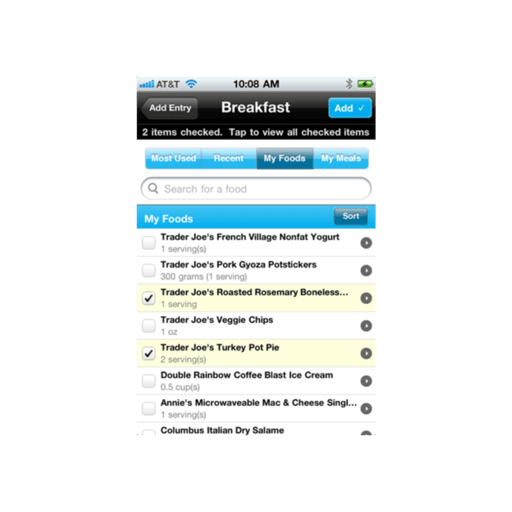

These user types mainly differed regarding three aspects: (1) their willingness to adjust default settings to one’s own needs and abilities, (2) the role of social support and social norms, and (3) app use for socializing and competition. In addition, we conducted a multinomial logistic regression to determine significant predictors of the varying usage patterns.įour different user types were identified: (1) Supported, (2) Indifferent, (3) Health-conscious, and (4) Socializer. These user types were compared and further described based on analyses of variance. Based on a cluster analysis, different user types were identified. Respondents were asked about their detailed use of nutrition apps according to an adapted version of the mobile phone appropriation model.

We conducted an online survey with 761 German-speaking users of the MyFitnessPal app. In doing so, we took an appropriation perspective in order to reveal different styles of everyday life integration of these apps. Therefore, we took a step back and investigated actual use patterns. However, the actual adoption of and rates of nutrition app use remain low among the overall population. Current systematic reviews of randomized controlled trials suggest positive influences of mobile app-based health promotion programs on dietary and physical activity behaviors.


 0 kommentar(er)
0 kommentar(er)
